|
I made this small Pirate boat for my buddy Nick so that he could sail his brave band of adventurers to the Ghost Archipelago in the not too distant future, where he could have many a happy time hunting for treasure and fighting monsters.
I had an idea of what I wanted to make which was a ships longboat much in the style of ones I had seen in many a pirate movie and in particular one I had seen in a wargames magazine many years ago. I did actually find plans to the pirate ship and longboat from the wargames magazine and whilst the ship itself is a lovely piece I felt that the longboat was somewhat lacking and not well shaped. I still took inspiration from the way it was built and decided to make it more shapely and then drew out the templates for this. With the templates made which I saw as future proofing for when I want to make more of these, I decided to draw around them onto thin cereal packet card to make two sets each of side walls and stern. The deck of the boat was made from 5mm foamboard and the prow made from 5mm balsa wood. So I had a total of 8 pieces for my model being for side pieces, 2 stern pieces, 1 deck and 1 prow, an easy build. The first job was to glue the prow to the deck of the boat and once dried I cut a 5mm strips of double sided tape which I attached all the way around the side of the deck. I then took one of the side pieces and with some super glue along the front inside edge that made contact with the prow I pressed the whole piece into place until the glue has set. The other side piece followed and then the stern piece, which was glued to the rear edges of the side pieces with super glue. Once all the glue was fully dry I decided to attach the second set of side and stern pieces to the boat to add thickness and strength to the boat, this was done by attaching double sided to each new piece and pressing the pieces into place and again using superglue on the edges. Next job was to cover the whole piece with one of my handy wallpapers which I had made to simulate wood planking, which was done in a few minutes and it was at this time that I thought that the prow should have been covered or painted first. Anyway it was too late now, so I allowed the whole piece to dry out thoroughly and once dry I painted the prow to match with the rest of the boat. So now the boat was built, or so I thought and I decided to make a base which was to add some waves and also weight to the piece so I cut an irregular shaped base out of vinyl tile and put it to one side for later use. This led to me think that the boat needed a sail, so I made a mast out of 6mm dowel and a yardarm for a lateen rigged sail out of 3mm dowel. These were painted and the mast fixed into place by poking a hole through the deck in the place I wanted the mast and glued it into place with PVA glue. With the mast in place and the yardarm offered up to where I wanted to later attach it I realised that the boat needed a bowsprit and a rudder. The bowsprit was cut out of 3mm dowel and painted to match the mast and glued in place on top of the prow with super glue, and the rudder was made from 3mm balsa wood which which was glued in place and painted to match the plank effect sides. A rudder arm was made from 3mm dowel and painted to match the mast and glued to the rudder with super glue. With the construction almost complete I glued the boat to the base and left it to dry while I tackled the sail. Funnily enough and most coincidentally the lateen sail on the original plans from the pirate ship from the magazine was exactly the right size for what I wanted and so I printed out a copy and simply cut it out and painted it cream with white highlights. Once dry I ran a bead of superglue along the top edge and offered up the yardarm and pressed it into placeand once dry I attached it to the mast in a position I felt looked good. The next job was the sea effect which was simply ready mixed filler applied to the base to make choppy little waves, something I used to do years ago when I owned a fleet of WW2 micro ships, this was left to thoroughly dry out on a totally flat surface. The sea was painted a darkish blue and again left to dry thoroughly as I had to thin the paint so it would carry into all the nooks and crannies of the choppy surface. the next thing was to paint over the dark blue with a nice mid blue allowing a little of the darker blue to creep through in places and finally a few minutes later I dry brushed some white over the waves to complete the painting. The boat was left to dry out for a few hours and then I varnished it all with a coat of matt acrylic varnish and left to dry out again. At this stage I decided I did not was to rig the boat as it would only get in the way when playing a game with clumsy hands putting figures in and out of the boat. The only thing left to do was varnish the sea with some gloss varnish which Nick decided he would do himself at a later date. So that was it, a simple relatively easy to build model boat which cost pennies to make and looks really nice on the table top and it carries a crew of 8 if they are on 25mm circular bases.
0 Comments
I finished this piece recently for a customer as part of an ongoing project. Basically it was a resin Pigsty with a few broken bits of wattle fencing that he wanted making into an enclosure to hold many bases of pigs and piglets. There wasn't enough wattle fencing to make a useful enclosure so I decided to add a hedge made from some sample resin pieces that I had lying around. This just left me needing a gate which was made from matchsticks and a few dowel fence posts and I had all that I needed. With all the pieces glued in place on a piece of vinyl tile I painted everything and then applied the basing, which is a mixture of sharp sand and brown paint (like Basetex, but far cheaper). Once dry I applied bushes and long grass then I covered the hedge with scatter flock and a lighter flock applied in patches around the base to finish it off. That was it, all done and ready to be used on the wargames table, a really useful building that could be used for many periods or settings.
As Christmas approached a couple of months ago I was scratching my head as what to get my best pal Nick as a present as I usually make him some sort of scenic piece or paint up some figures for him. We had been playing Frostgrave and wanted to make him something for that so I thought about a storage box for his figures which was magnetic so that he could transport them from his house to mine.
After one game we were talking about where each of our warbands were going to be holding up while not ferreting through the ruins of the city and he said that his would be at a pub, 'The Broken Drum' to be exact. That got me thinking about making the storage box in the shape of a pub, something that would safely store his warband, cards and dice between games and with a bit of thought and planning could also be used as a terrain piece in its own right. At that time I had purchased some Dave Graffam buildings on PDF and there was a very suitable pub building in with the lot that I bought and so I used that as the basis and plan for the build. I decided to cut out an exact replica of the pub in foam board and glue it together and then down to a hardboard base as this would strengthen the model and make it usable as a carry box. Next I printed off and cut out the model parts onto good quality paper and using PVA glue I glued in place all of the walls. With this done I cut the roof out of very thick card and glued supports in place, once done the roof sheets were pasted down and trimmed. The chimney, dormers, balcony and wood bunker were all pasted to cereal packet card and cut out, assembled and glued in place. For the interior I painted the walls and with extra sets of doors & windows I glued copies where all the door and windows would be on the inside. I then put in the floor which was cut out sheets of magnetic fridge magnet material and glued in place finally covered with flagstone effect paper. After that I painted the top edge of the walls and the underside of the roof black or grey where the roof hung over the walls. The next thing was the pub sign which I made the bracket out of balsa painted to fit in with the rest of the building and a pub sign of 'The Broken Drum'. When the model was finished I painted it all over with acrylic matt varnish for protection and once dry the base was finished off with scenic scatter, bushes and flowers. All in all it took a lot longer than it would to make the original building kit, but the extra effort was well worth it and does tick all the boxes for what it was intended for. Even at an angle of 45 degrees the magnetic sheet holds figures perfectly in place and I know that it will get plenty of use in the coming years. I recently decided that it would be nice to have some windmills for some of my 28mm games and wanted something that would look good and also be fairly generic and easy enough to make and as I didn't want to spend around £30.00 on an unpainted resin model or £15.00 on an unpainted MDF kit, I decided to make one instead. I liked the look of Spanish style windmills and there is an old mill near to where I live which although red brick is a similar sort of style, so I decided to make one of each and here is what I made, and yes the sails do turn. If you really like these windmills then they are actually for sale on the 'For Sale' page of my website at only £15.00 each as I have since made some more windmills of the exact same style for myself.
A bit of a weird title, but nonetheless quite apt when you discover the details of this posting, and without beating around the bush it's all about trees and the use of old (or even new) Christmas trees. Basically, just over three years ago I was sorting through the Xmas decorations in readiness for them being put up when I discovered one of the trees had an issue with its legs, a missing one to be exact, and as it was old I decided to throw it out and buy a new one. As is the usual way with wargamers all over the world I started looking at it wondering how to use it productively in my hobby and obviously came to the conclusion that trees could be made from this tree. Not much of a leap to be fair, but it was a leap in the right direction, so I duly set about cutting all the little branches up with my heavy duty clippers. What I ended up with was lengths of branch between 4 and 6 inches approximately and lots of them as it was a six foot high tree. The next thing was to assemble the tools and materials needed to transform these into useable model trees being: a jigsaw, drill, hot glue gun, metal ruler, paint brushes, pencil, heavy duty clippers, sharp knife, PVA glue, sandpaper, lengths of 4mm garden canes, 6mm MDF board, scatter flock and an old newspaper. With all the tools and materials assembled I cut lengths of cane between 4 and 6 inches long, trying to vary the lengths but not have any waste from the 2 foot long lengths of cane. Once done I sorted out the lengths of branch so that I had a pile of short lengths and a pile of long lengths, this makes things much easier as you make the trees. Next I took a small length of branch and a length of cane and wrapped the branch around the cane about 1 inch from the top and then I bent one end up and one end down as per the photo's below. Then I took another short length and again wrapped it around the cane about half inch from the top and bent both ends of the branch slightly upwards. This was followed by another short length wrapped just below and this time its branch ends were left facing at right angles to the first ones and bent slightly up. At this stage I had the top of the tree done so I took another short length and placed it parallel to the trunk overlapping what was left of the first piece of branch going down the trunk. I took another piece of branch and wrapped it around the trunk securing the trunk piece again bending the branch ends slightly upwards. At this stage there was no glue involved as the branches held each other in place, again the photo's below help explain the procedure. So, I carried on down the trunk adding new branches at about three quarter inch intervals until I had enough left to look like a lower trunk. This I repeated until all of the branches were used up. With the trees made I decided to make bases, now these could be single grouped, removable or done in any way I wanted but I decided to go for groups of between 3 and five trees. I simply took my MDF and marked a 3 inch grid in pencil, after which I marked a circle roughly at the centre of each grid square. Then I marked on the shape of each group of trees rounding off edges and making the group shapes look more organic. Once done and happy with the configuration I took the jigsaw and cut them out, trimming off any unwanted bits. With a sharp knife and sandpaper I bevelled the edges of the bases and and sanded them until they looked nice and neat. I took each base and drilled out an hole as marked at the rough centre of each grid box and lightly sanded them to take off any burrs. with the bases totally ready I started gluing the trees in place with my hot glue gun, making sure the bottoms of the holes were well filled with glue and any extra trimmed off with my knife. At this stage I had 53 trees each between 5 to 8 inches tall all ready to be flocked. Now this could be done with spray glue and flock, but I used PVA glue and a paint brush, which to be fair was quite quick and easy to do especially as the trees were on bases. The PVA also glues the trees to each other which helps to strengthen them. The last thing to do was to texture the bases and that was it, 53 very large trees for the price of an old Xmas tree and some pretty cheap materials. As you can see in the photo's above the trees are pretty large and imposing and look far more natural than perfectly shaped bottle brush trees. As for getting trees, now is a great time of the year to shop for such things, and I do happen to know that on ebay you can get them for less than £15.00 including postage. Also look out for them being sold off cheap after Xmas at various shops.
After a few days of enforced rest due to my back giving out whilst overexerting myself with manual work (old recurring injury and not being as young as I once was) I hope that by the weekend I can get back to sorting out a couple of forces for my fantasy Medieval forces for Lion Rampant.
Before the injury I was sorting through literally thousands of 28mm figures that I had in different boxes of all sorts of makes. A hell of a lot were painted & based, but even more were not and they ranged from the around 12th to 15th centuries. Also I found that there are three distinct sizes of figure with the biggest being Front Rank & Essex figures, the middle sizes are mostly Old Glory and some later Foundry and the smaller figures being Hotspur and the original Citadel figures. From this I decided that the best option was to separate the three sizes out and use them for different purposes and armies. Apart from this I have been almost unable to walk and basically bed ridden so I decided to make lots more flags for my new 'pet' project. I suppose that I have possibly gone a little overboard on this as I now have 15 full flag sheets and more partially finished so it could be that I end up with dozens of different clans to choose from by time I am finished. Well, to kick off my new blog I want to talk about Fantasy Medieval using Lion Rampant skirmish rules. I have for a few months owned a copy of Lion Rampant and to say the least they are pretty damn good! I have a massive collection (1,000's) of Medieval figures in 15mm & 28mm and most of which are currently unpainted or half painted, depending upon which new rule set they were originally intended for. But having bought Lion Rampant my interest in all things Medieval has piqued once again and this coupled with my new found interest in Game of thrones has inspired me to create my own Fantasy Medieval forces. Although not wanting to attempt to faithfully recreate GoT forces the idea of a mishmash of Medieval forces all doing battle in skirmish games is one that I am open to, and moreover allows me to use all sorts of odds and sods that I have collected over the years in the same forces. Generally Speaking though it seems to me that the Northern clans seem to be more rough & ready early Medieval and the further South the clans are high Medieval in appearance. Obviously the Horse clans from across the sea don't fall into this category but so far my interest is confined to the knightly types. With this in mind I decided to gather the forces for a couple of 28mm starter armies of 24 points representing a Northern Clan and the other a Southern Clan who are obviously sworn enemies. The Northern Clan I decided to call Wolfsdark and the Southern Clan are called Lionheart. Apart from armour styles I decide to make the Wolfsdark troops carry either spear or bows whilst the Lionheart troops carry either bills or crossbows. Both Clans I decided should to be uniformed in a way with the Wolfsdark troops being dark and moody looking in earthy tones and the Lionheart troops being more properly uniformed with a brighter red tone on their cloaks and tabards. Where possible shields again would be uniformed with the Clan sigil on flags, banners and shields. Obviously this led me to wanting to make flags and banners for these two Clans and so I did. As a flag maker I decided that these were to have multiple options and even variety in the sigil itself as who knows at some point I may want to build a massed battle force for each of these Clans.For anyone interested in buying any of these you can find them by clicking the button below. Thinking ahead to the finished forces I am in two minds as to how I want to base them with the options being; square or round, single or multiple bases. I want to future proof my forces against the option of making them into larger massed battle armies so conventional wisdom would say that squares are the better option, but for skirmish games found bases do have a certain appeal. I am sure that over the coming weeks I will sort this out and come up with a good compromise or even simply decide to make them as I please now and worry about anything else as it comes along.
Now I guess I must sort out the forces from all the figures I have and see what best fits in with my ideas so far. |
AuthorStephen Wylde BA (hons) Archives
April 2020
Categories
All
|
Proudly powered by Weebly

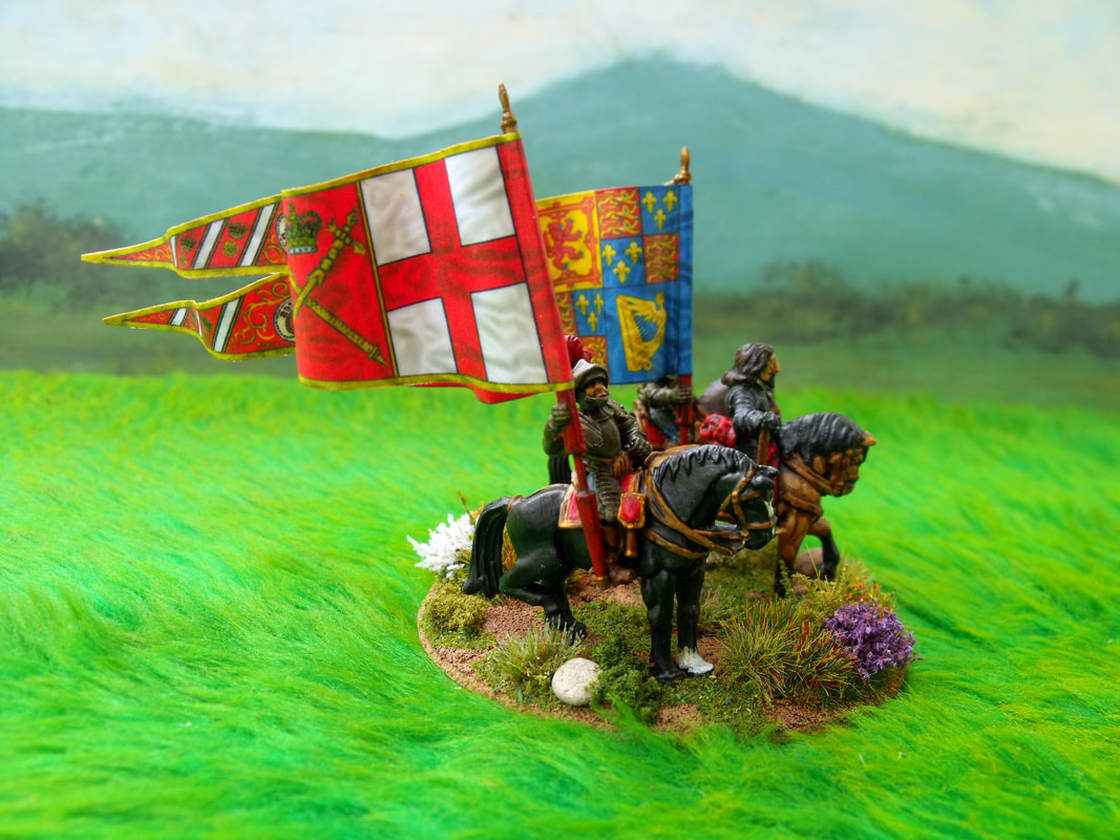
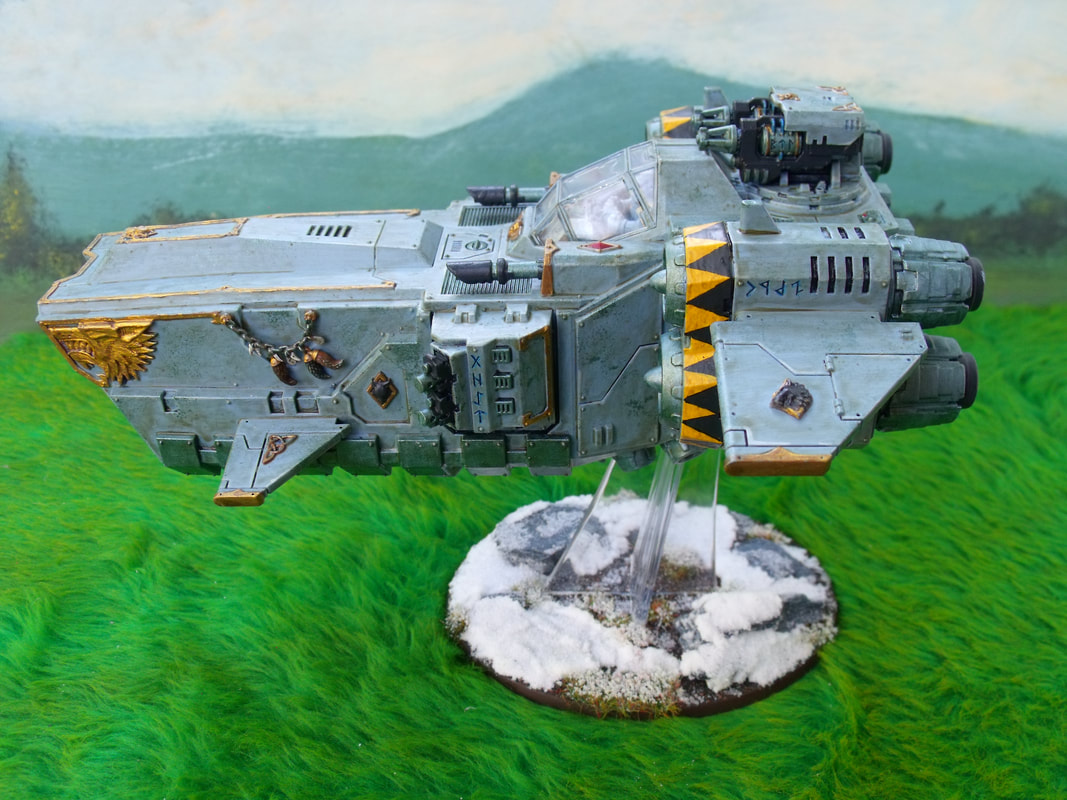


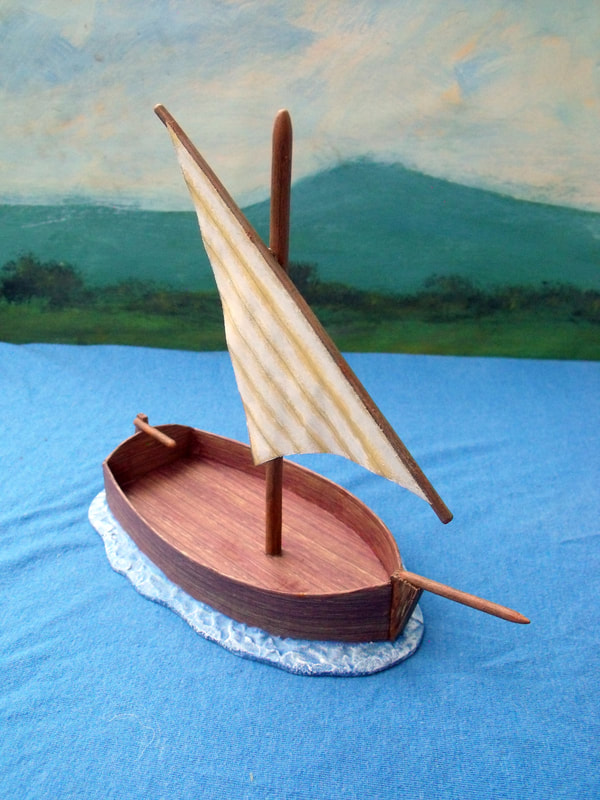
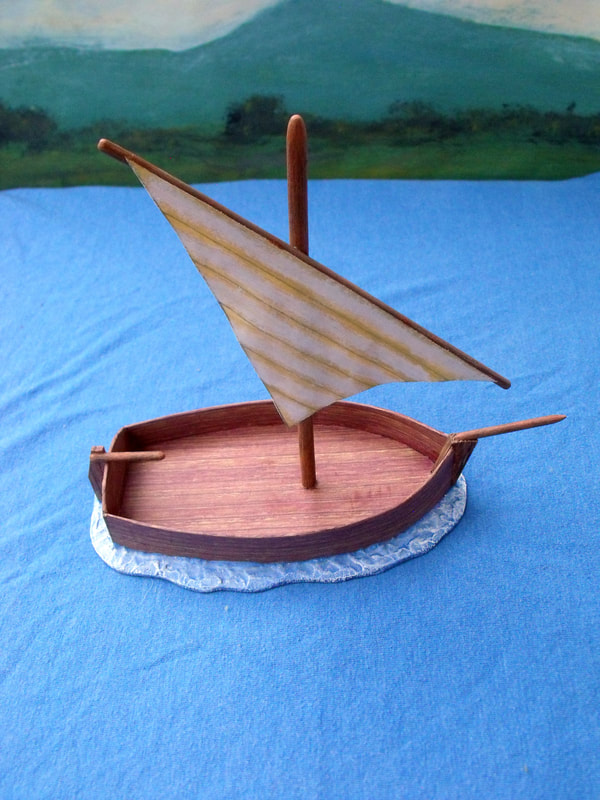
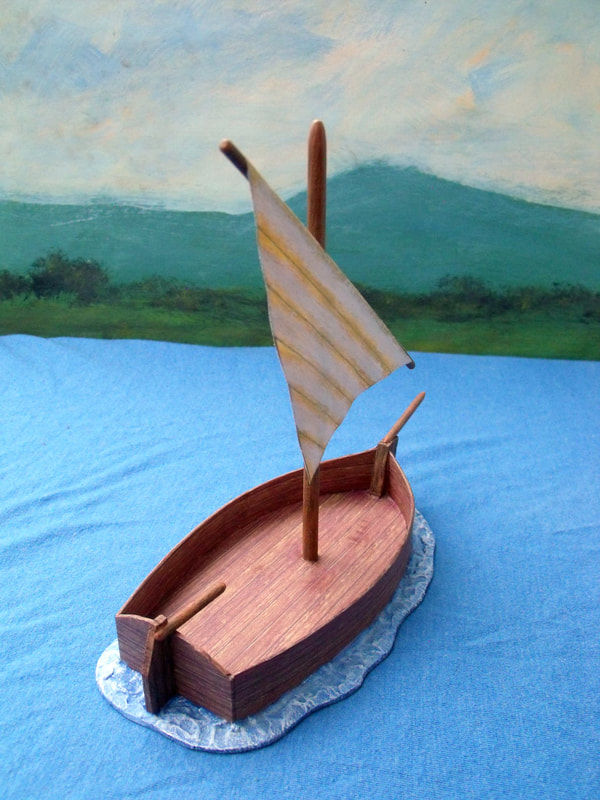

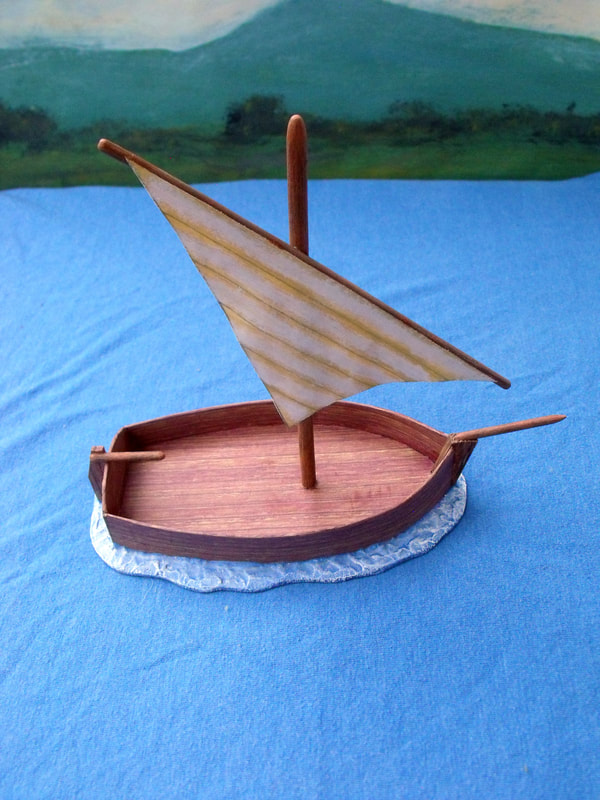
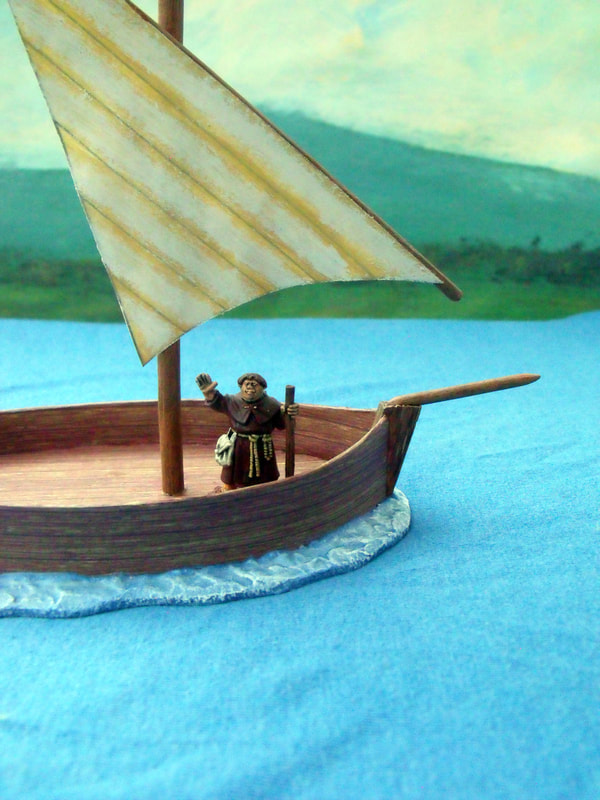
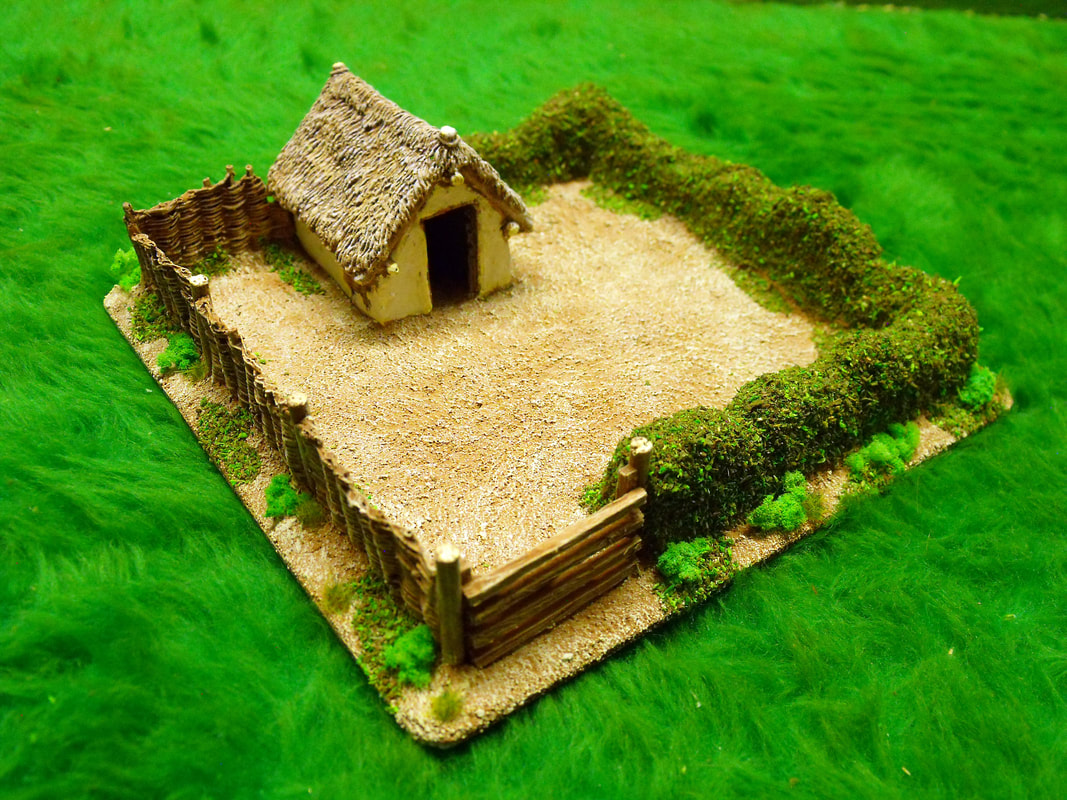

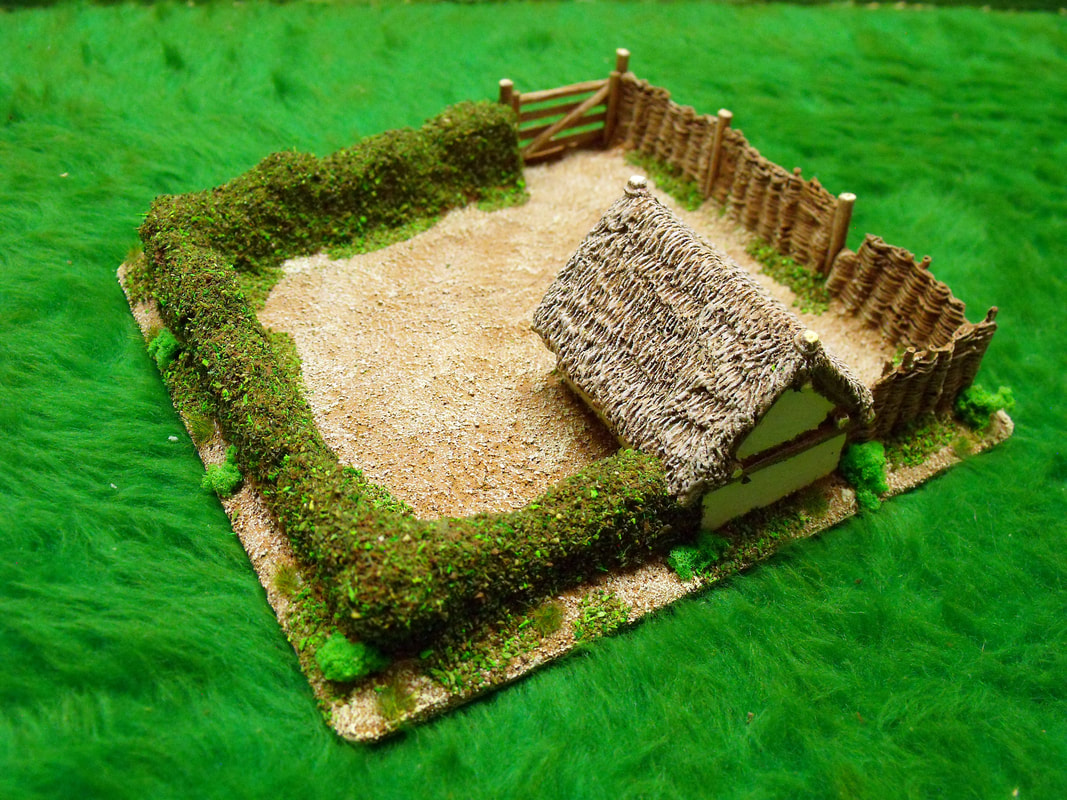
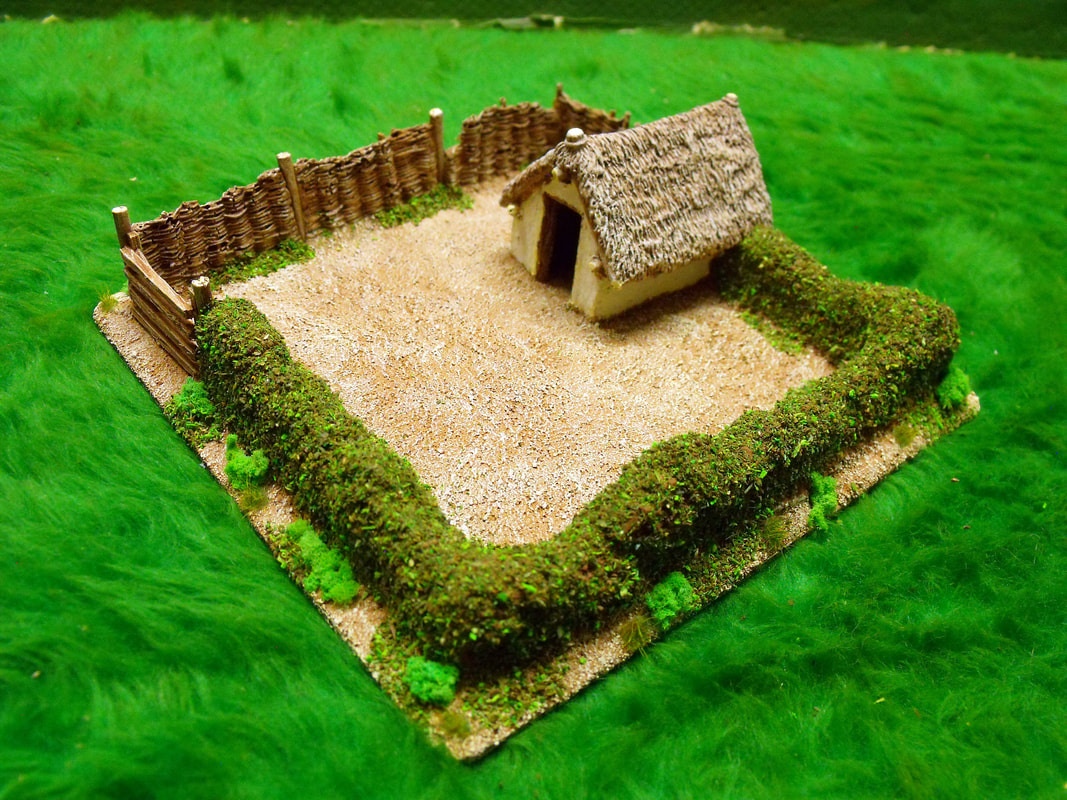
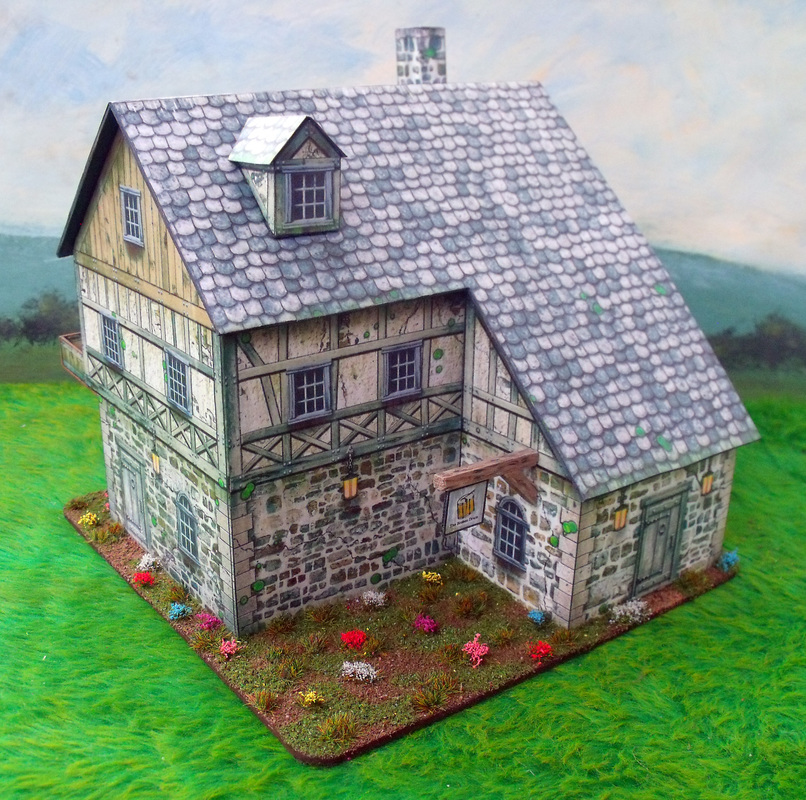

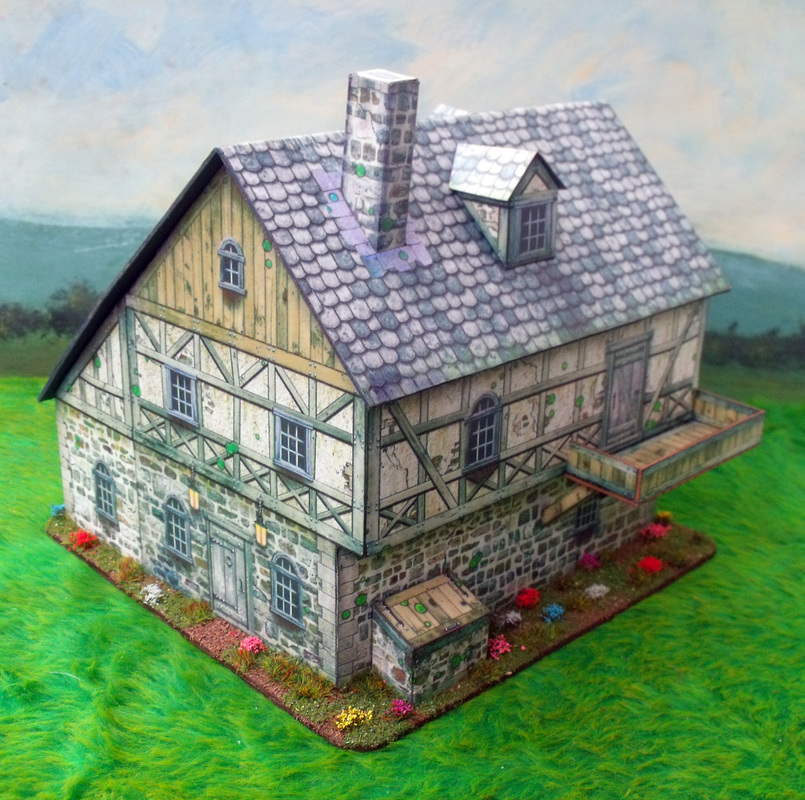
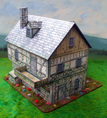
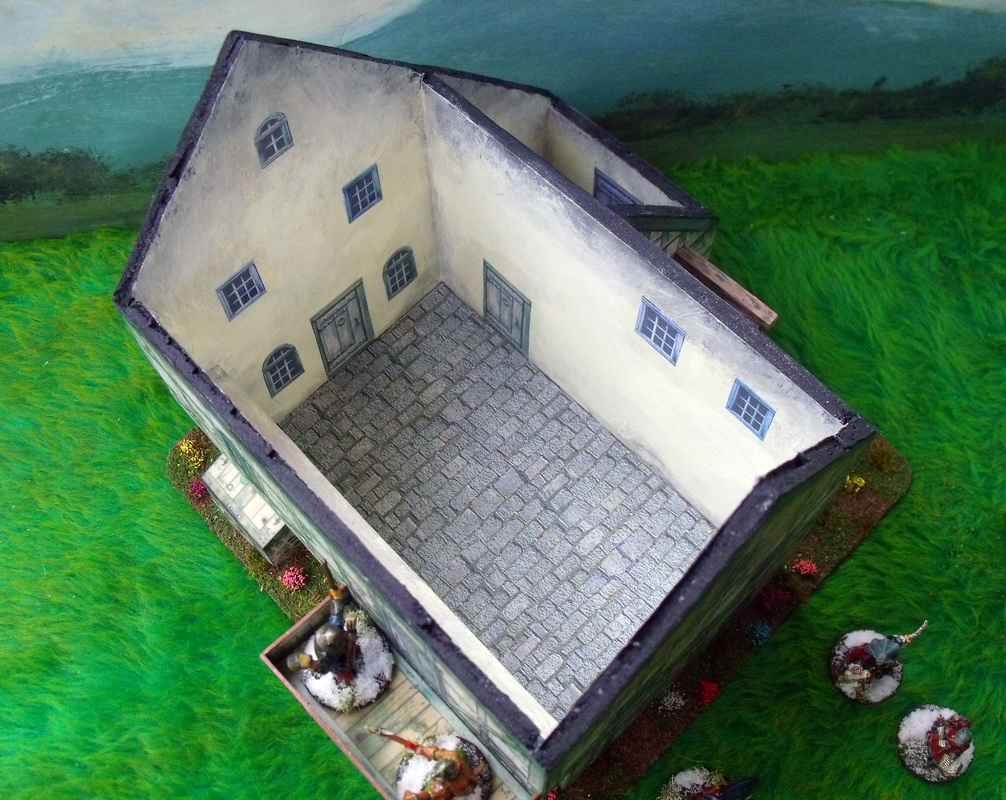
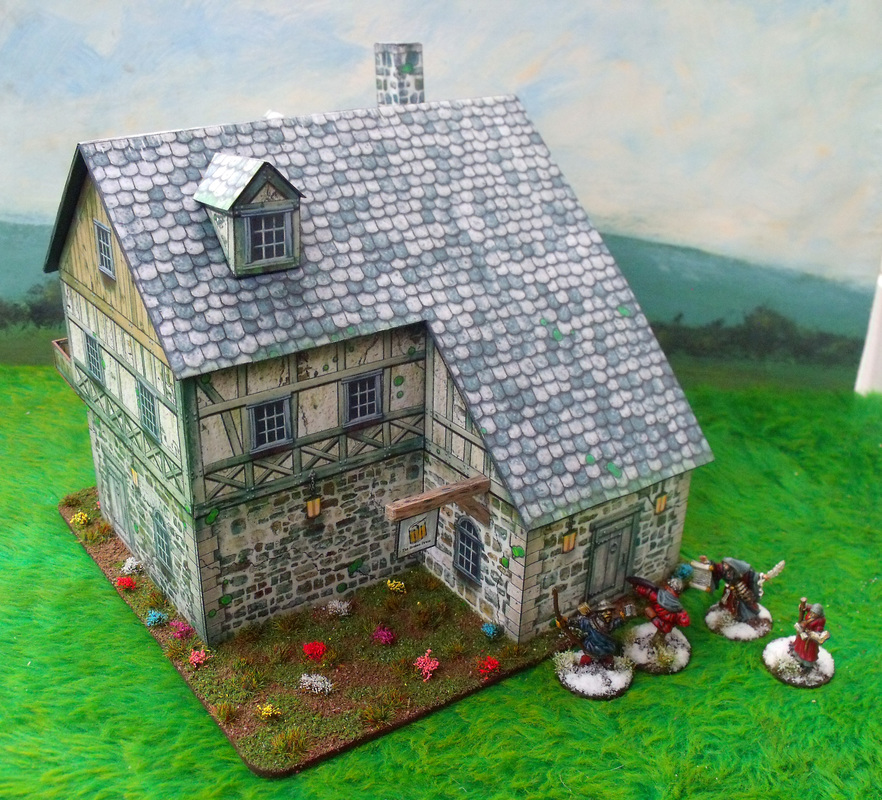
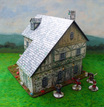

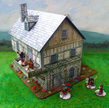
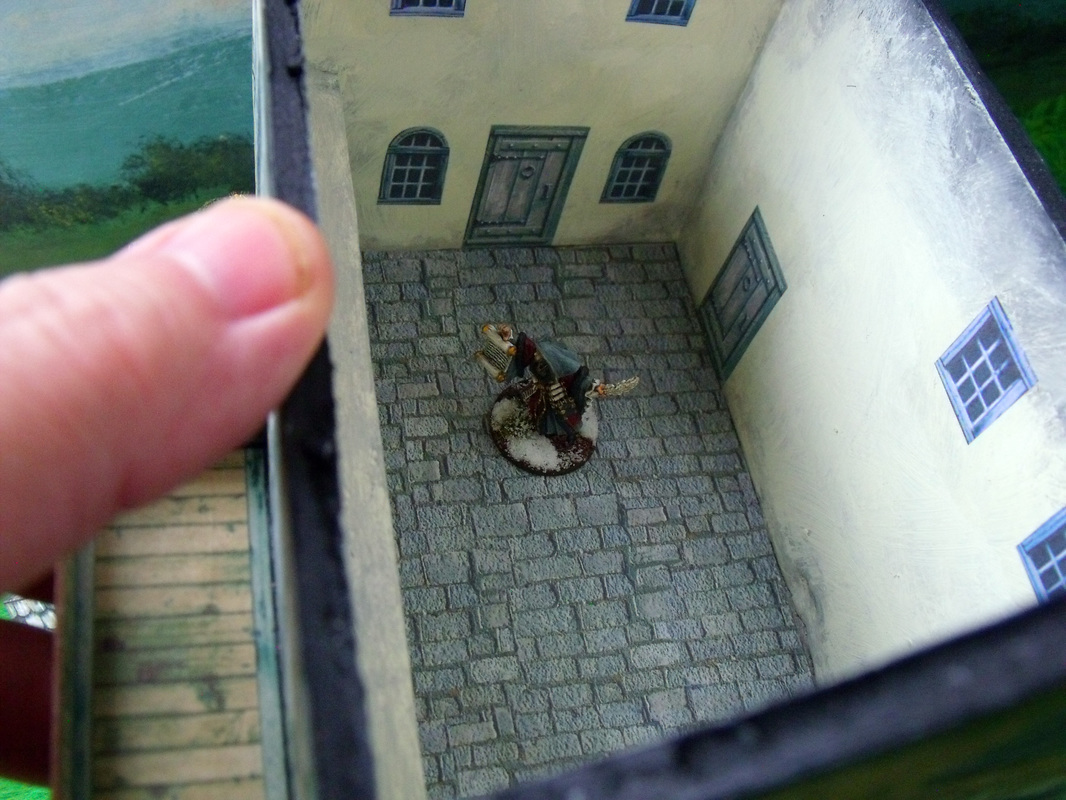
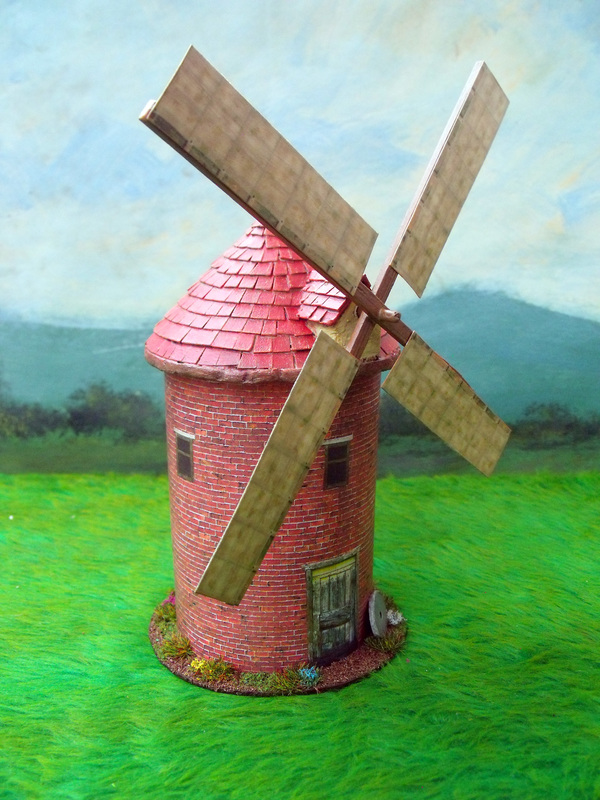

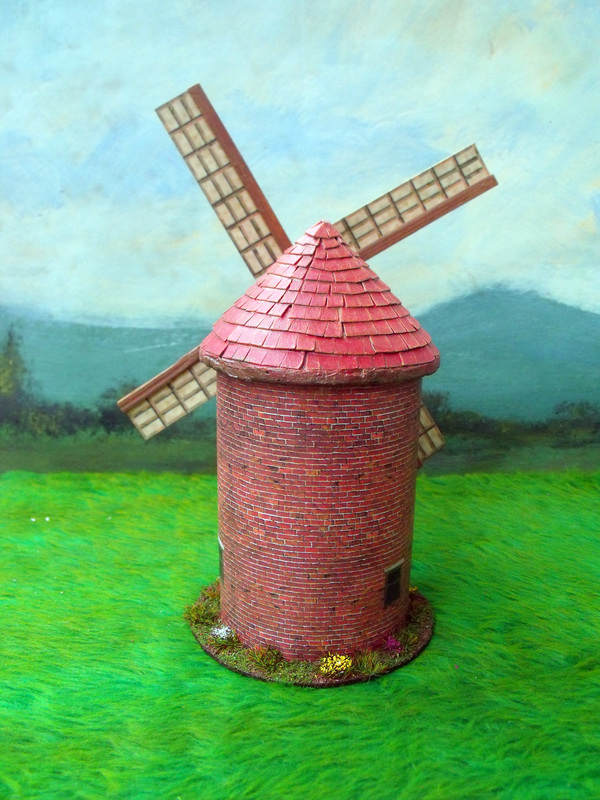
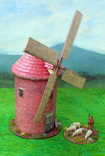

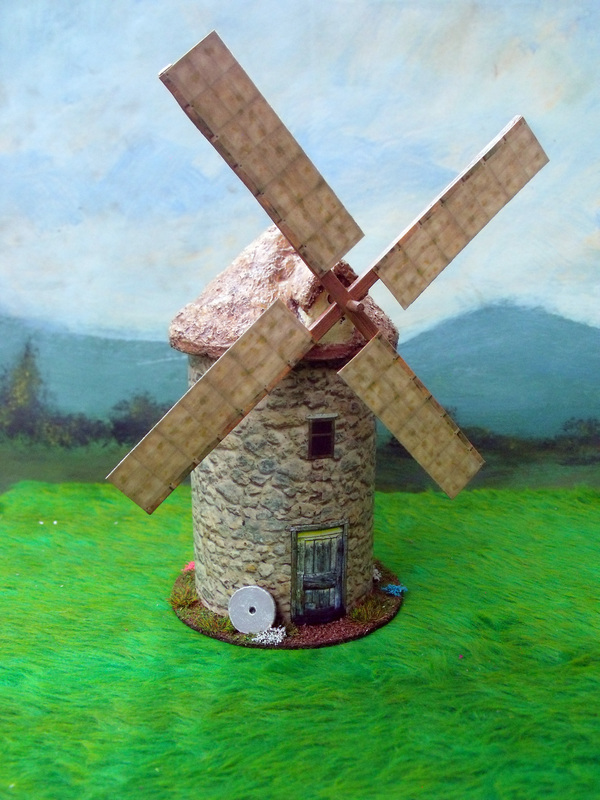


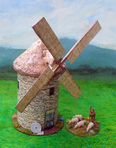
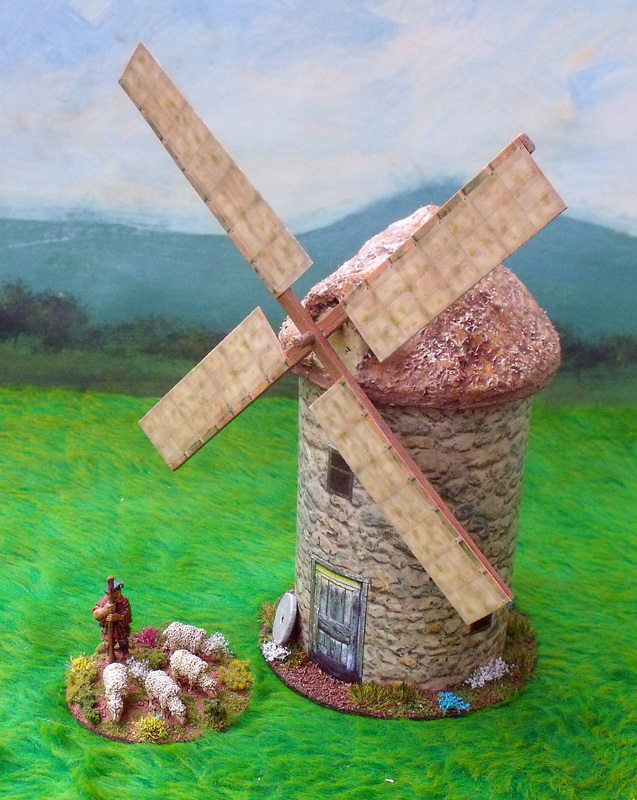



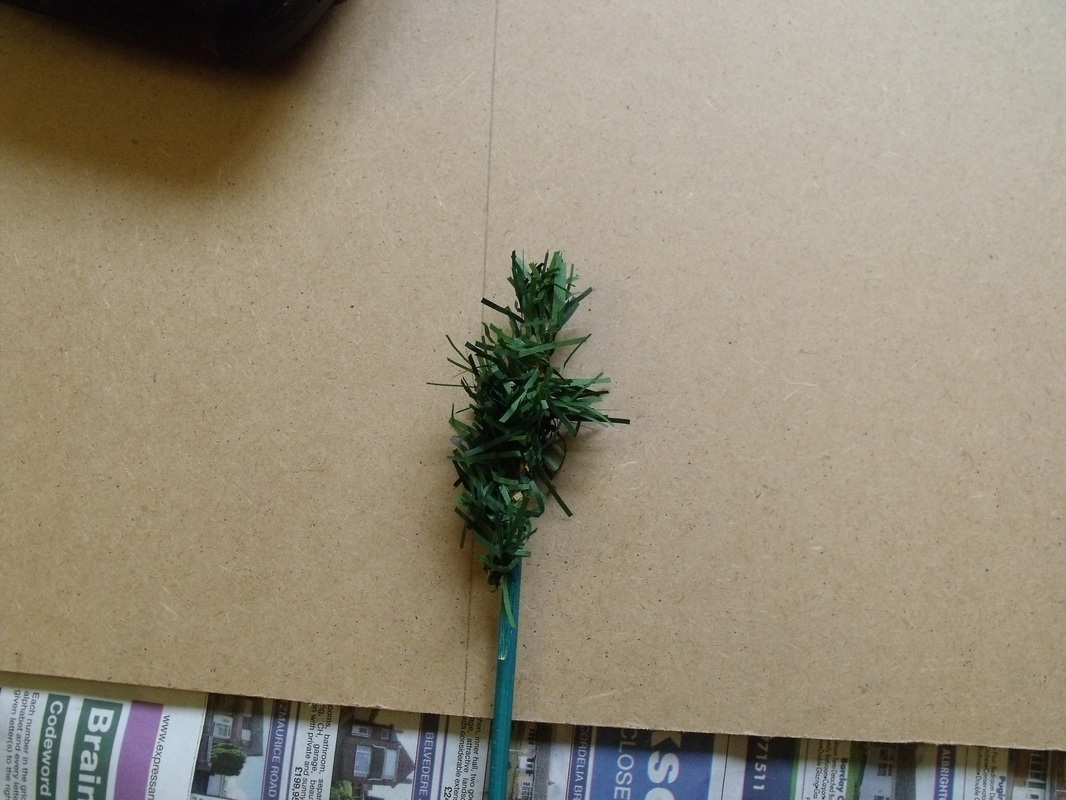


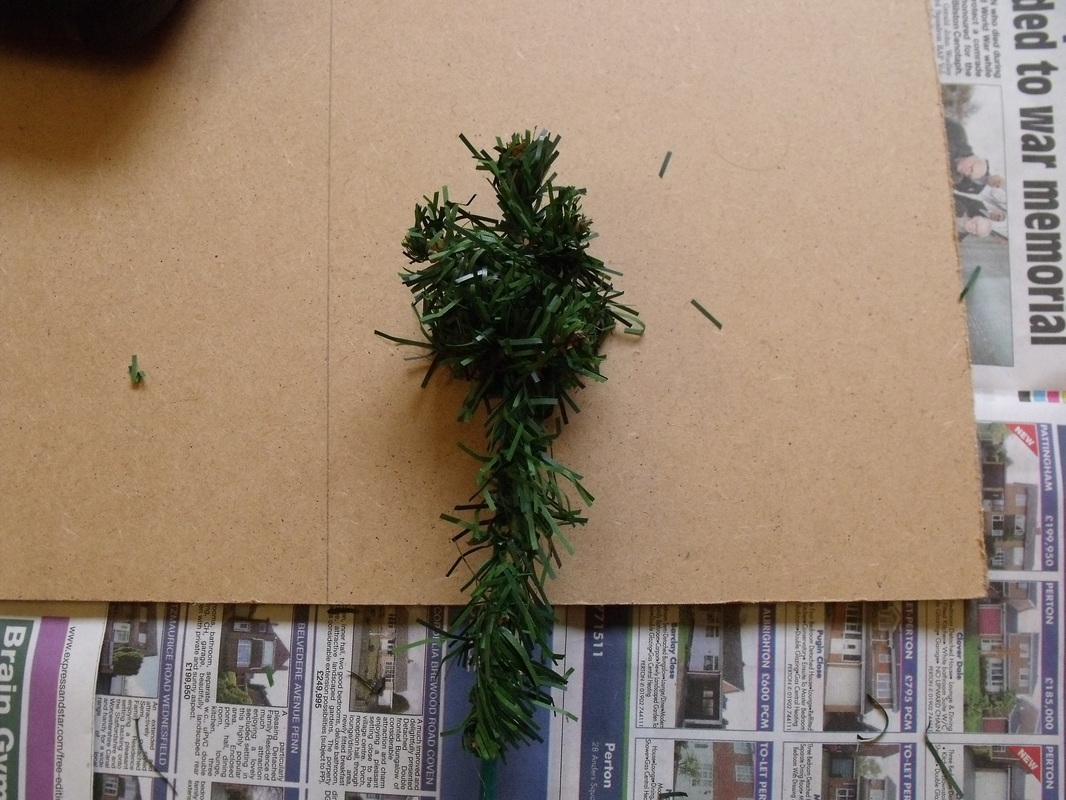


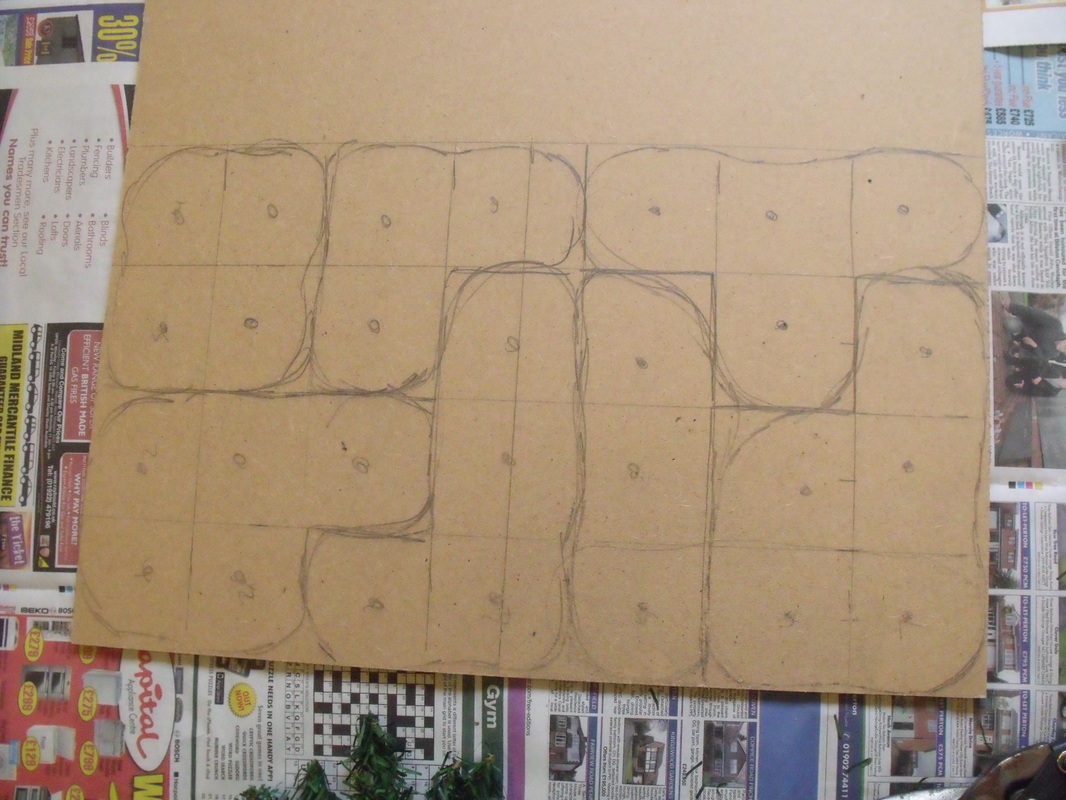
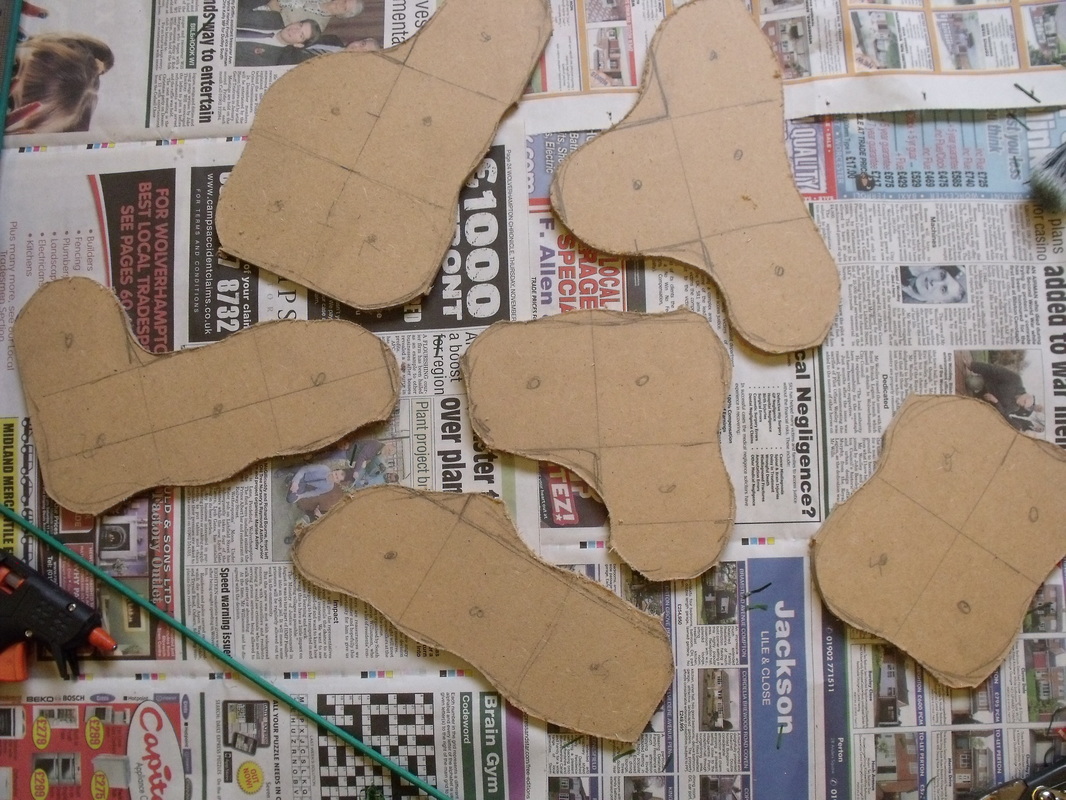

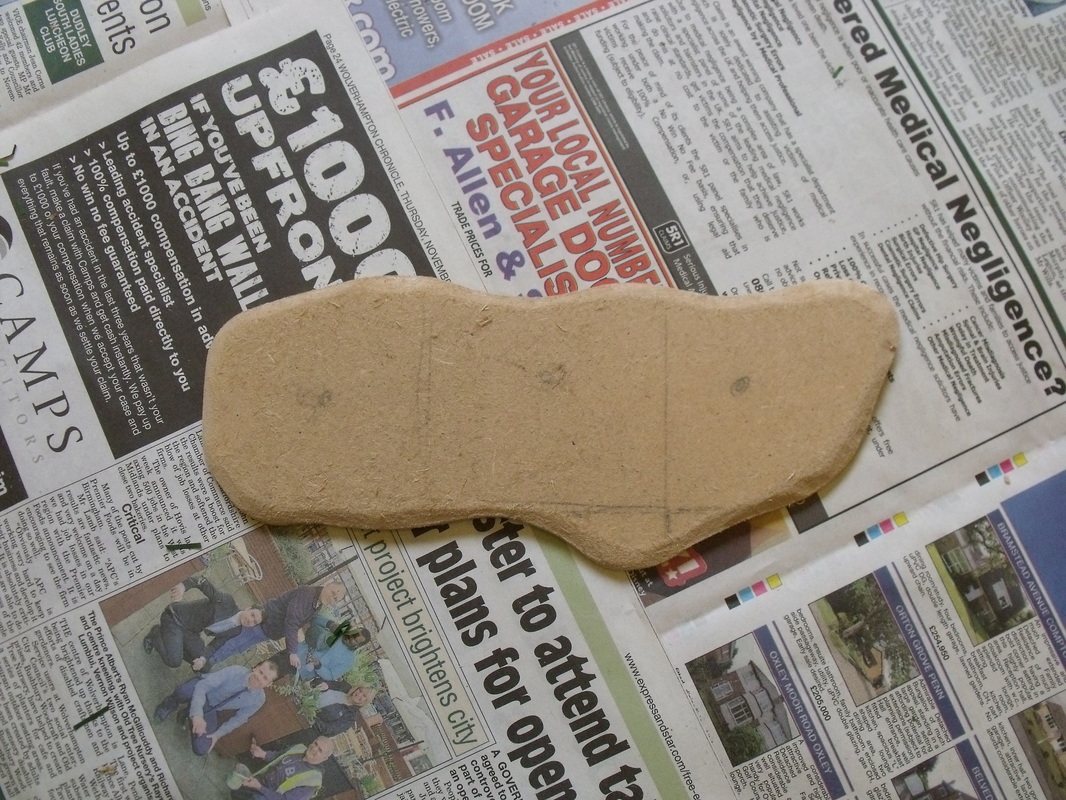

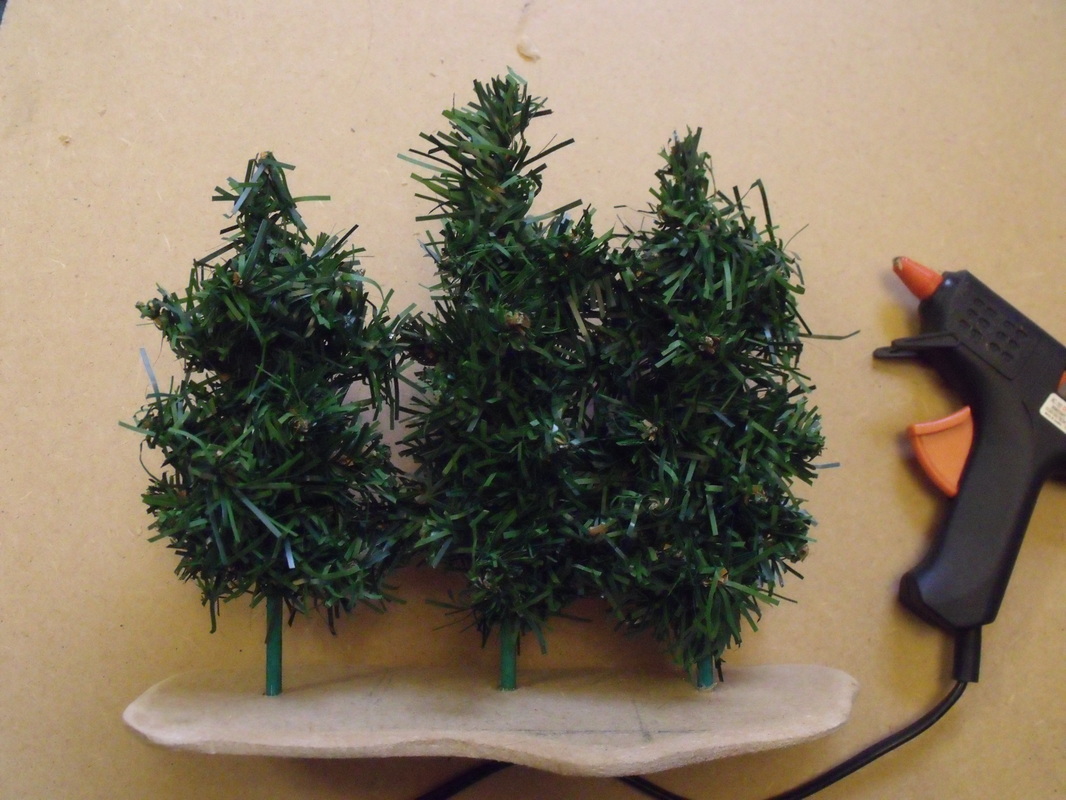
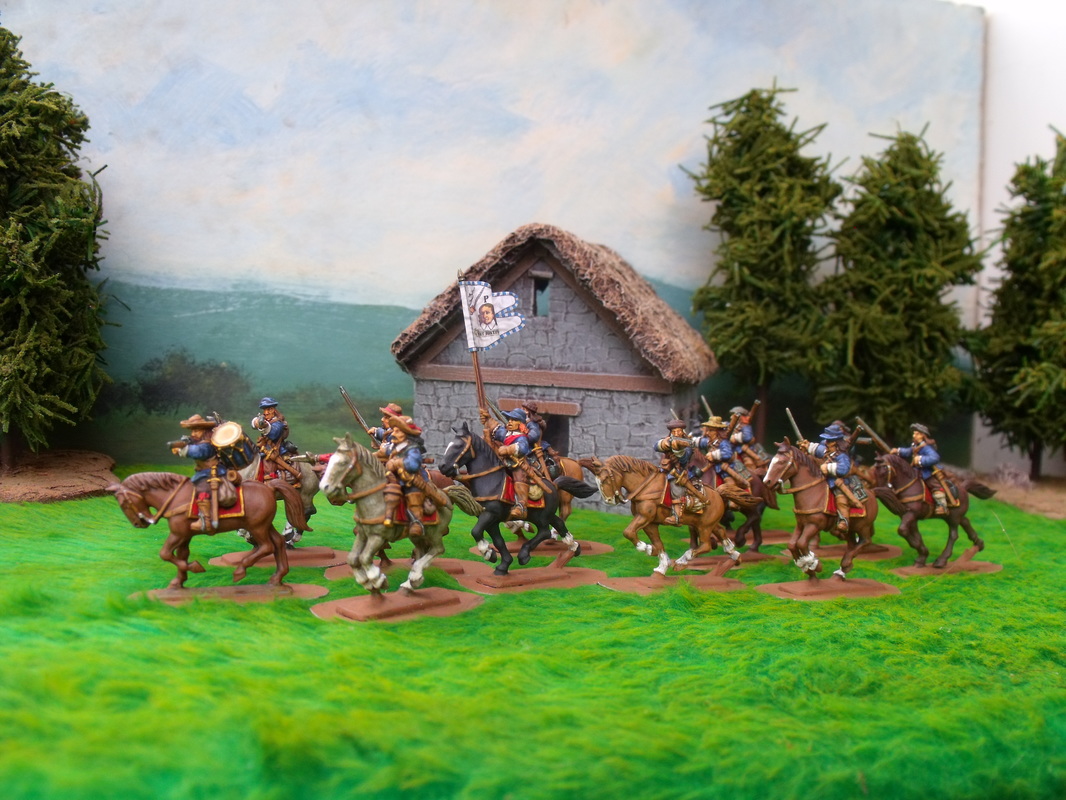
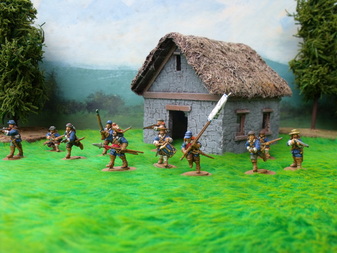
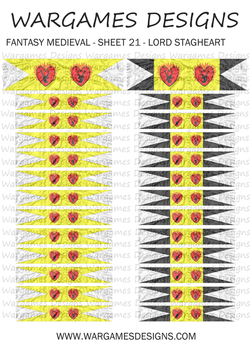
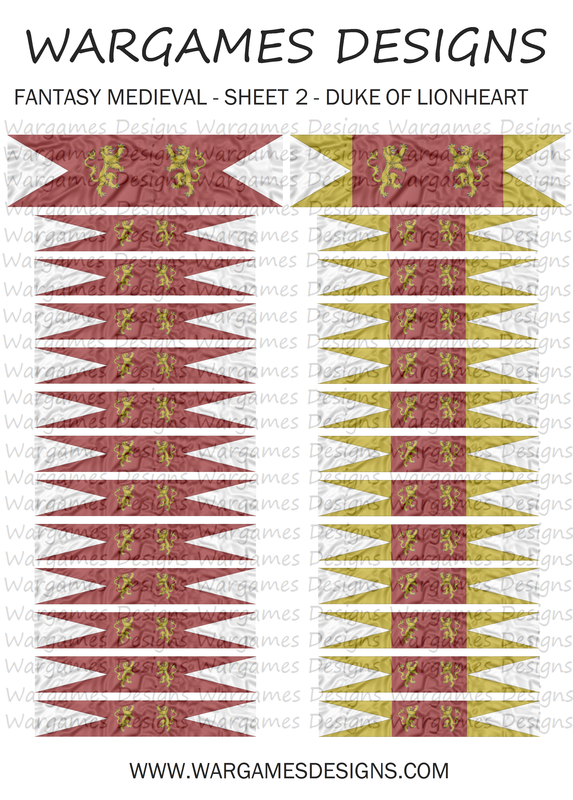

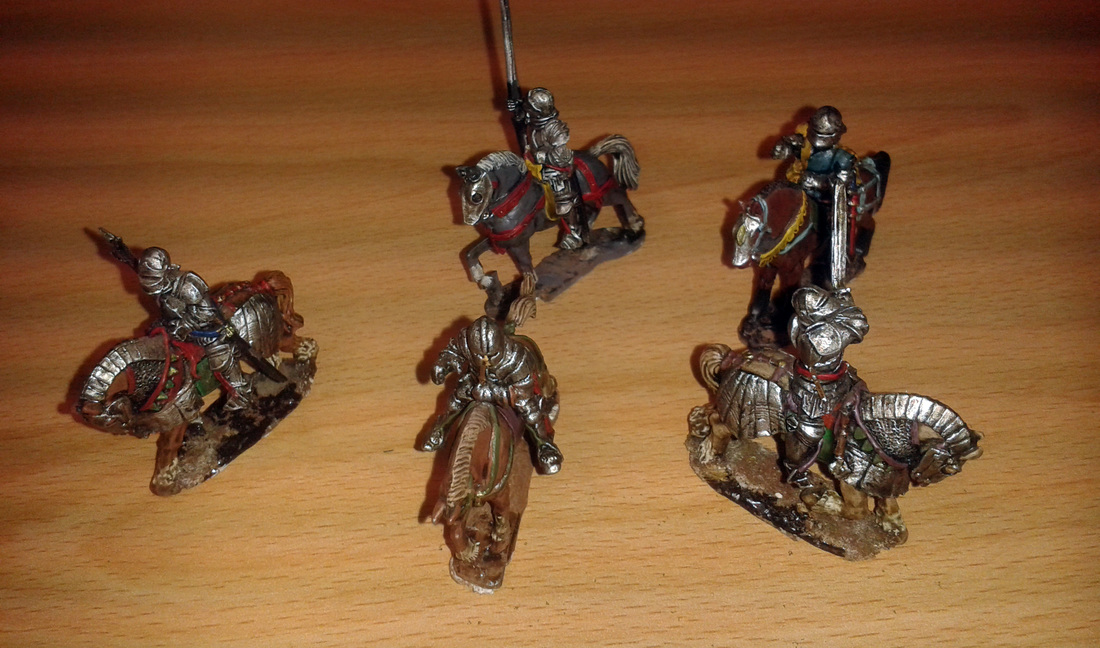

 RSS Feed
RSS Feed